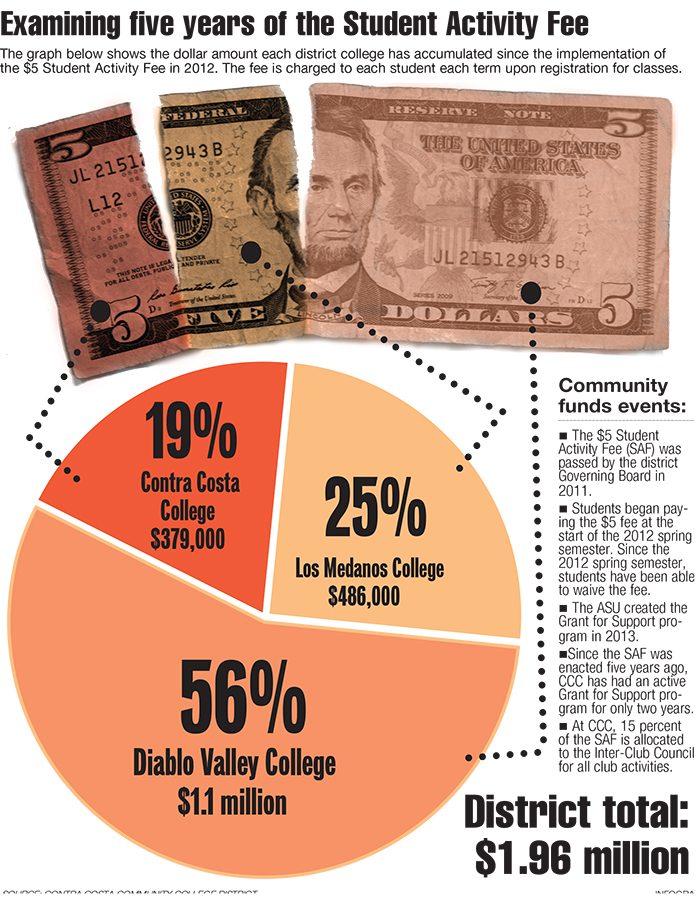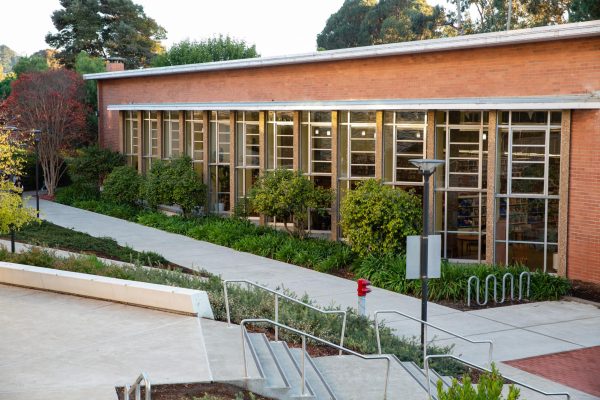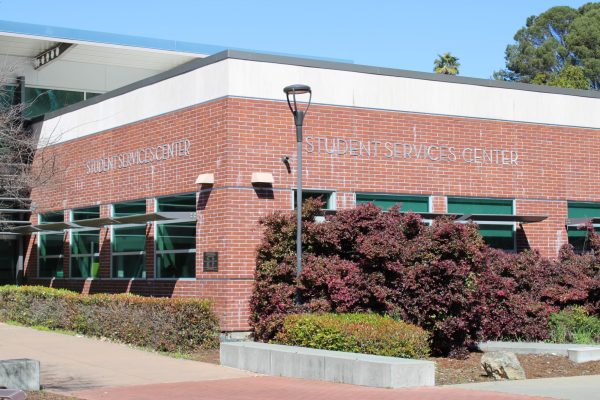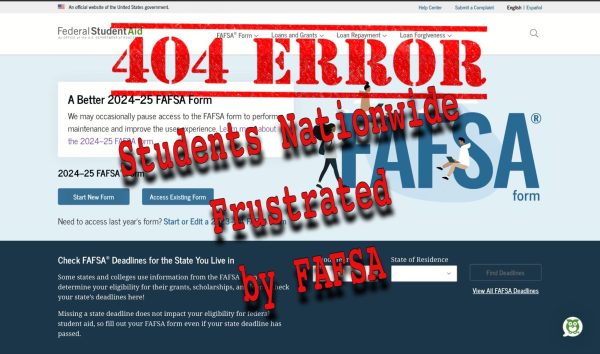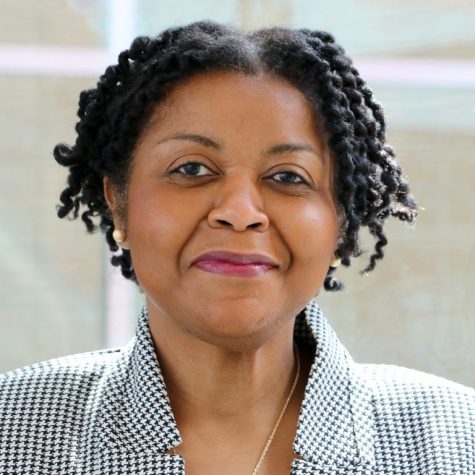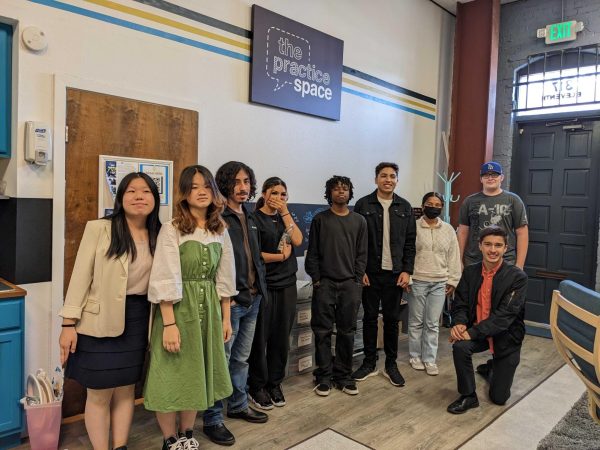ASU plans to amend Grant for Support program
March 29, 2017
Associated Student Union Treasurer Arius Robinson said he plans to redesign its grant program at Contra Costa College after nearly two semesters of the program being inactive.
“The way the Grant for Support is set up now is not as efficient as it could be,” Robinson said. “I want to make the Grant for Support more streamlined.
“Because students pay into it through the Student Activity Fee they should be able to go to the ASU anytime and ask for funding.”
The current structure of the Grant for Support program, funded by the $5 Student Activity Fee (SAF) that is charged to each student upon regis- tering each semester, offers up to 10 applicants no more than $2,500 if approved by the ASU Board.
Robinson said over the upcoming months he plans to push changing name of the program from Grant for Support, eliminating the submittal win- dow and implementing a “drop-in” methodology to speed up the process.
He said after the two-week submission window closed in the past it could take weeks for the internal Finance Committee to review the application and call the applicant to present to the ASU Board.
Student Life Coordinator Joel Nickelson-Shanks said he supports whatever decisions the ASU Board decides to support when that time comes, but the responsibility of getting discussion started falls on Robinson as ASU treasurer.
“There needed to be a conversation about the term Grant for Support,” Nickelson-Shanks said. “Getting rid of that term might stop the same faculty members returning to ask for free money essentially.”
He said Robinson and other ASU executives have he potential to create safeguards from the Board granting departments with funds they may not need.
Even though the Grant for Support program has been inactive for three out of the five years since the SAF was enacted in 2012, ASU President Safi Ward-Davis said the ASU’s operating budget is funded through the $5 SAF fee.
While the ASU will still use SAF funds to fund student events, trips and other expenses not funded through the college’s operating budget, Robinson said the Grant for Support program helped distribute money to more groups on campus each semester.
But he said the program only helped certain departments or clubs who knew about it, and not having to allocate nearly a quarter of ASU’s expense to the Grant for Support also opens up more funds for events.
Robinson said he has yet to work out the exact request limits with Ward-Davis or anyone else on the ASU Board, but pressure from students, professors and department chairpersons asking when the Grant for Support program will return is growing.
“It’s been brought up at ASU meetings by (Ward-Davis) and professors or students I see around campus who know about the program,” Robinson said. “We want to have it active, but because the Student Activity Fee funds the program anything we approve has to be specifically used to help the most students possible and not cliques.”
She said ASU events, nearly all Inter Club Council activities, scholarships and requests from programs or departments to purchase instructional equipment, pay for — are expenses that have been funded through the Grant for Support.
Without the Grant for Support active, the ASU still funded the Puente program’s trip to UC San Diego, $500 for food and drinks for Technology Engineering and Math (STEM) Cafés and various scholarships.
Ward-Davis said while the Finance Committee has yet to hold an official meeting due to Robinson’s schedule as a Middle College High School student.
She said even though it is his area, she ‘dropped the ball’ as president for not making sure Robinson and other members who showed interest in joining the committee that makes suggestions to the ASU Board about who gets what, when and how much followed through.
Ward-Davis said any of these proposals will not be implemented until the Finance Committee convenes and the ASU Board discusses the changes and approves them at a public meeting.
Five years since the fee was enacted in 2012 spring semester, District Chief Financial Officer Jonah Nicholas said the $5 Student Activity Fee has raised nearly $2 million districtwide.
Students at CCC have paid $379,000, Los Medanos College SAF fees contributed $486,000 and Diablo Valley College covers the $1.1 million remainder Nicholas said.
According to the ASU’s account details provided by CCC’s Business Office, the ASU has spent 329,457 of SAF funds to have a balance of about 50,000 for this semester.
“It’s really quite simple,” Nicholas said. “Students who register have the fee put on their account for the fall or spring semesters — the fee is not charged during the summer session.
“They can opt out of the fee by filling out a form (at the Financial Aid Office).”
He said each student pays one fee to their home college making the funds specific to a campus.
“We don’t have a formula or an other way of allocating (the Student Activity Fee),” He said. “It is simply by who registers at which college.”
Former ASU President Ysreal Condori, 2013 to 2014 said he also supports whichever decision the ASU Board makes, but agrees with Robinson that the process took a lot of time and resources.
“Processing the Grant for Support applicants was tedious work,” Condori said. “And I agree. There was conflicts during the process and it was hard for us to be sure if the department who was asking for money was really underfunded or if they were using the money for something else.”
Former interim Student Life Coordinator Kelly Ramos said when she was the ASU advisor as the SAF created discourse on campus.
“We suggested that we start a grant as a response to that uproar and not just fund supplies to pro- mote student success but to sup- port student life,” Ramos said.
“If the Grant for Support could have a goal it would be to fund campus as a whole — and the SAF was the seed money to make that discussion a reality.”


